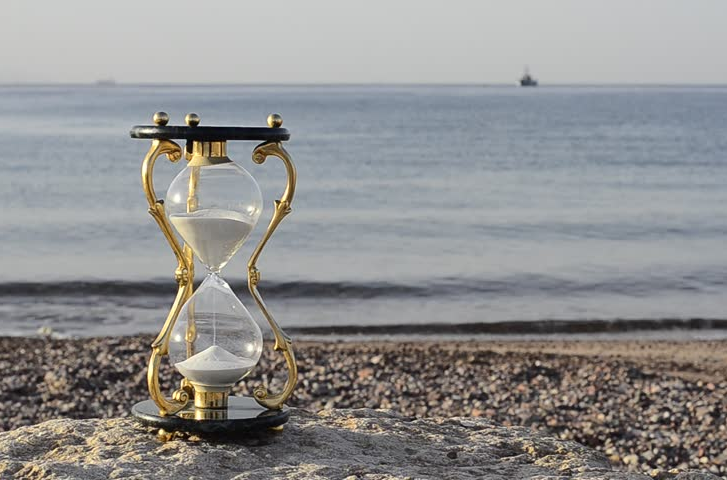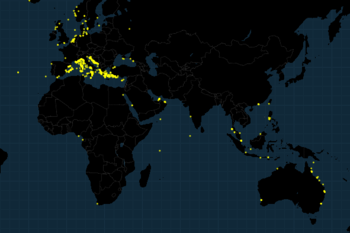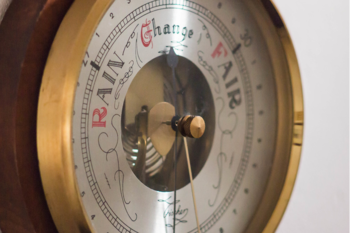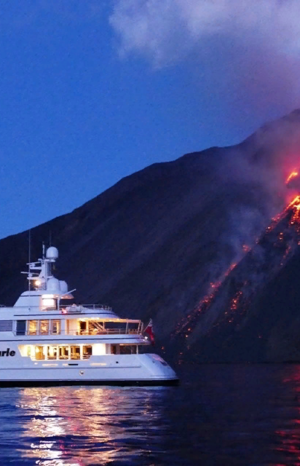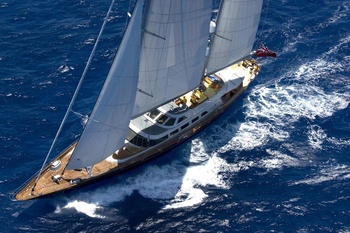Staying on a boat in the company of friends is most often associated with a serene rest, but, paradoxically, sometimes we prevent ourselves to spend time pleasantly. The main reason - neglect of elementary rules of respect to the nature.
Don't think about seconds too much...
Alas, not everyone manages to be in a journey on a boat, sometimes crossing the cherished line of dates - the 180th meridian.to be in tomorrow's and yesterday's cockpit without leaving your seat. However, everyone who is going to sail the seas is simply obliged to prepare for martial arts with time.
It all starts at the starting point. I remember one of my crews - five people who came from countries in four (!) time zones to meet on a boat in the fifth. In addition to the funny time mismatch between the rowdates, this has led to much more serious problems in direct preparation of the departure, up to the definition of the last moment All on board «.

So, Rule No. 1: Immediately change all watches (both wrist and biological) to local time!
Next important question: Are you ready to spend the night at sea or not? If your boat is fortunately equipped with radar, then an affirmative answer to this question is much easier. You bet - one watchman, entrusting the control to the helmsman, can successfully shorten the night, taking a nap at the indicator of the radar station. If not, then the risk of someone being run over
That is why Rule No. 2 states that we should carefully read the cloud forecast, the possible position and the phases of the moon along the transition route.
For the same purpose it is desirable to have a plate before the eyes indicating the time of sunrise/sunset. It is possible to download it directly from the Internet - for the nearest geographical points on a course, and not to spend thus superfluous time even for difficult (for the amateur) calculations under special tables.

Remember rule #3: each crew member must know when it is completely dark (usually 15 to 40 minutes after sunset) or begins to dawn (same time intervals before sunrise) and be prepared to act under appropriate conditions.
Finally, rule No. 4 - without special need:
- Approach at night or in poor visibility conditions to a shore you have not explored before.
- Moored in an unfamiliar harbour, including fully civilised marinas.
- Anchor at depths of more than 8-12 meters, especially on rocky and rocky soils.
The time factor becomes extremely important in areas characterized by significant changes in depth due to tides and associated flow variables. With negligible components for inland seas (Baltic, Black, Aegean, Mediterranean), these phenomena become particularly important when hiking along ocean coasts. This can lead not only to accidents when the boat is parked at the pier, but also simply to prevent a pleasant pastime. I remember the unsuccessful attempt to enter one of the rivers on Sakhalin for fishing: even not too significant (not more than one and a half meters), but the unforeseen low tide made the mouth inaccessible to the boat. But the following trip in cold water at the level of your «waist will encourage» lovers of pink pink and chum salmon to familiarize themselves with the tide tables and never forget them in the future.
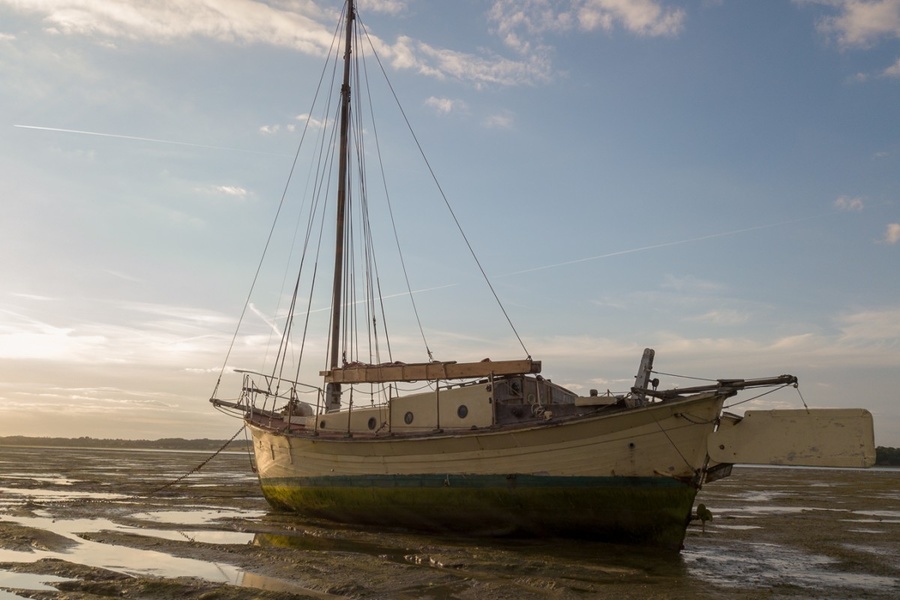
Hence the private rule number 5: In coastal areas with significant (over one meter) changes in tidal depths, it is worth having a more or less detailed schedule.
Surprises of the weather.
The development of satellite navigation and meteorological forecasts has played a bad joke with fans of sailing. Now even a beginner seriously thinks that he should press a few buttons and the weather forecast on the itinerary is provided with 100% reliability. Meanwhile, as one of my familiar skippers correctly noticed, our boats still have to sail not on the Internet, but in the usual wet sea. What's the difference? Well, here's the difference:
- The actual wind direction and force as well as the wave height do not always match the data predicted by weather stations.
- Regardless of the information sources you choose, weather conditions are generally worse than expected.
- Internet and
radio forecasts are in most cases simply unable to keep up with actual weather changes.
As a result, the stronger wind with stubbornly going straight into the «forehead comes» at the most unexpected moment for the team, sometimes not only disrupting the plans for a pleasant and safe
- Keep an eye on the weather while you travel.
- Compare the data with a«particularly accurate»
Internet forecast. - Make the right conclusions from all this and apply them in practice, correcting the course and adjusting the sail area if necessary.
- Always have a backup (or better still C and D) of route B in case of a significant worsening of the weather and be ready to change your plans flexibly.
It is better to get acquainted with the weather conditions of the future sailing area (prevailing winds, wave height, currents) before going out to sea - for some reason
You may not have the time (or desire) to study the
- Spend ten minutes watching a couple of pages in a loci.
- See the weather forecast for the next three days - but only on a professional meteorological site.
- During the voyage, regularly (e.g. every two to four hours) record at least the amount of atmospheric pressure, the wave height as well as the wind direction and speed.
- If possible (at least once a day), take fresh forecasts and study them with the real environment in mind.
By the way, weather observation is a great way to develop your «sea eye,»determining, for example, the strength of the wind by the behavior of the flag and whistling in the gear, and the height of the waves - in relation to the height of the board and mast. The human eye at due training appears surprisingly exact tool. Feel like an ancient sailor (remember to check your feelings on the instruments at first) and the experience will come as if by itself!
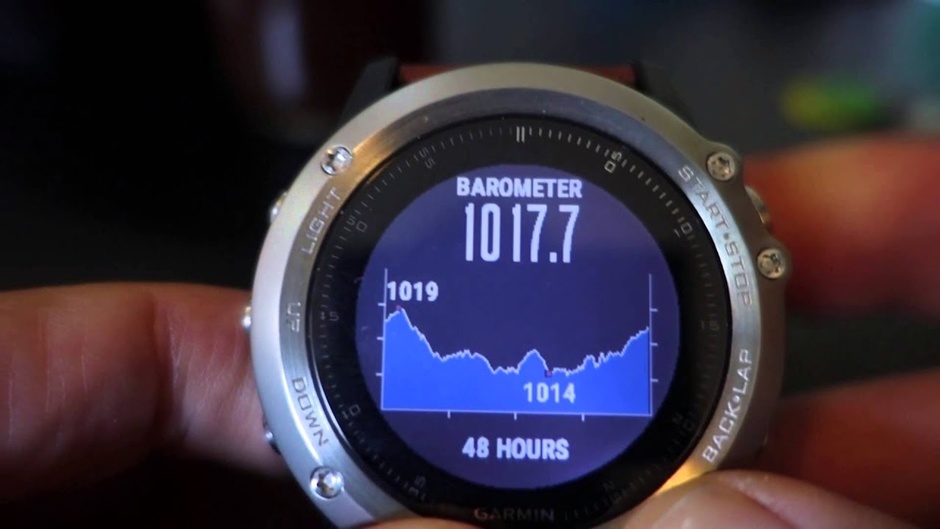
And now - an ill-conceived story about what can lead to careless treatment of the clock and barometer.
The Tale of Lost Time
We were coming back after a small Greek circumnavigation, circling the Peloponnese from east to west. By the way, it is a very interesting and pleasant route even in the autumn, when northern winds are gaining strength. After visiting the eternally blooming Spetses, we decided to make one last stop in quiet Methane, which by that time (early November) was almost completely free of tourists. Only the evening and the next day were left from the holiday: the day after tomorrow we had to rent a boat in Athens and then fly around our cities and countries at night. However, the
This stage was to be a
For a start, we slept through all the elements, so all the dreams of going out to sea with the first rays of the sun had to be forgotten. Then most of the crew had urgent business on shore. Meanwhile, the pleasant (and useful on the way to Athens) morning southwest
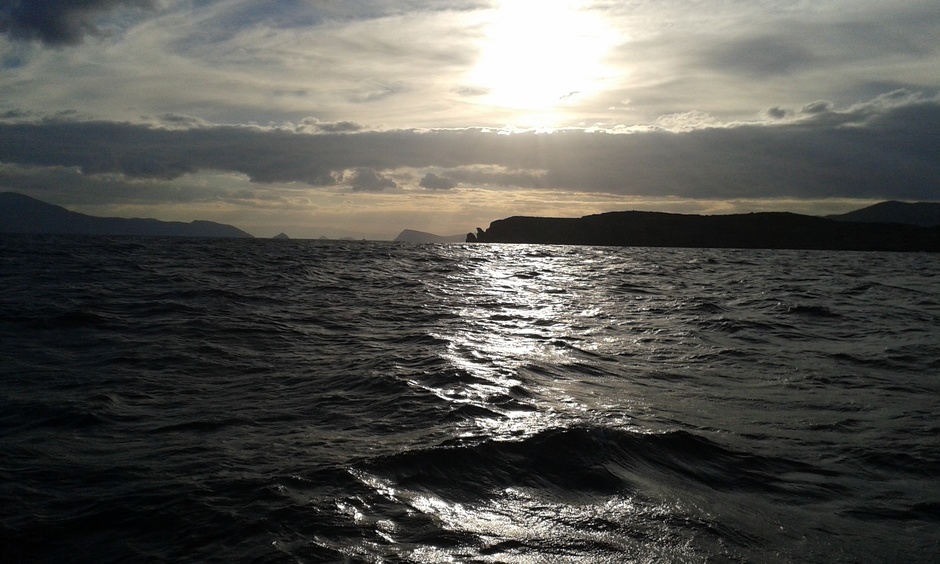
Instead of early morning, we went out at 11am local time, naively suggesting that we should moor in our own marina by 4pm-17pm and plan a long friendly party to celebrate a successful holiday. Half an hour later, our optimism about favorable weather and unlimited time reserves has grown so much that with increasing NE wind, the engine is turned off and the jib and mainsail are put in place, hoping to work as hard as possible to the wind.
Such exercises took us an hour and a half, during which we have almost no progress towards the final goal of the journey. During this time the wind has had time to move even further north, and its speed has increased to 12-15 m/s. When approaching the southern tip of Aegina island, the sails had to be removed, and the gear started to whistle clearly. In the next half hour NNE wind increased to 18-20 m/s, with gusts up to 22-25 m/s, and the boat was squeezed by almost oncoming wind off the west coast of Aegina. Keeping the boat in the section of the wave, we tried to walk as close to the shore as possible, making the most of the wind shadow. Speed dropped to three or four knots and we were barely halfway there!
An even more unpleasant surprise awaited us after
We were only able to catch our breath when we were under the attic shore. The wind blew with almost the same force, but the waves became smaller. It got dark, and although the night was lucky clear, we still had to identify the red fire at the entrance to the marina Alimos against the background of the multicoloured dawn of the nighttime Athens.
Only after midnight did we finally moor for the desired pier, spending almost 13 hours at sea instead of the expected four or five hours. However, if the engine had failed, the vacation could have had an unexpected continuation, including at least a day's storm under a stack in the middle of the Saronic Gulf. In any case, we certainly wouldn't have needed pre-arranged plane tickets. Fortunately, that didn't happen. But in addition to the unusually bright impressions, we have gained a wonderful experience of a more respectful attitude towards time and weather, which I hope you will also find useful.


